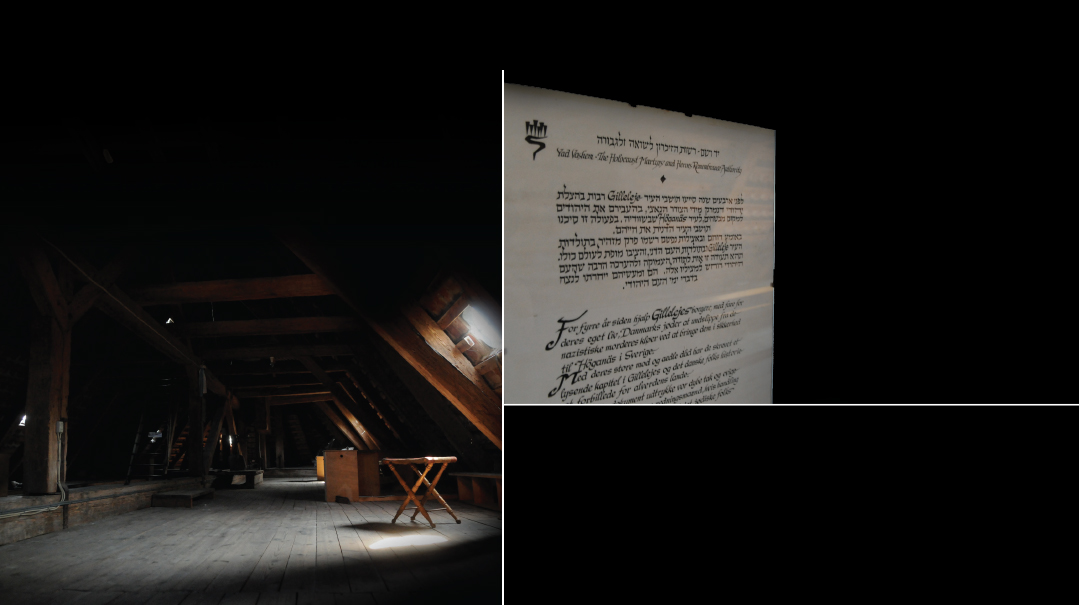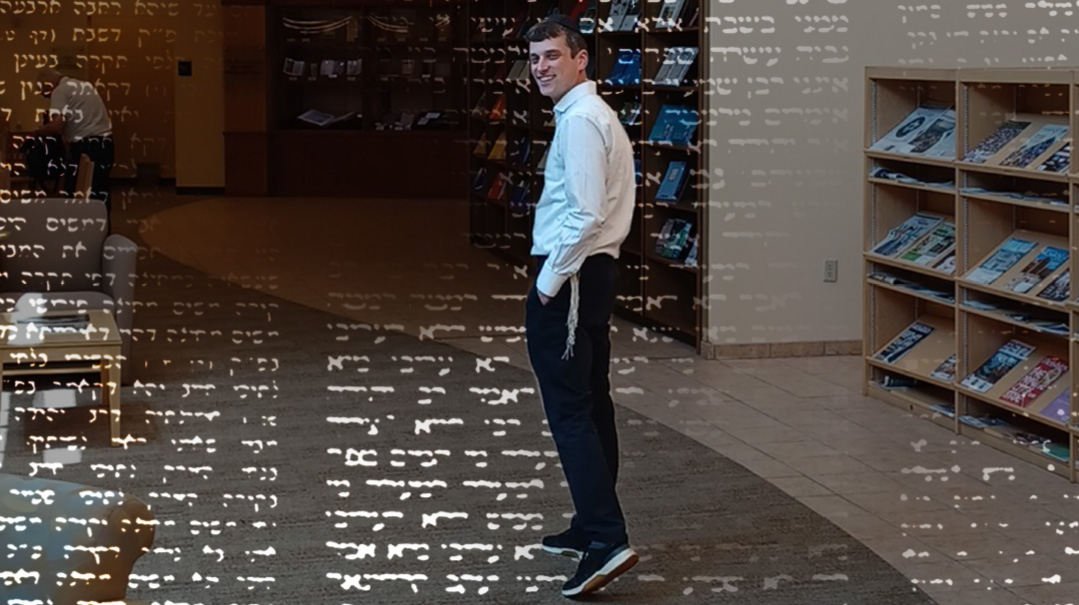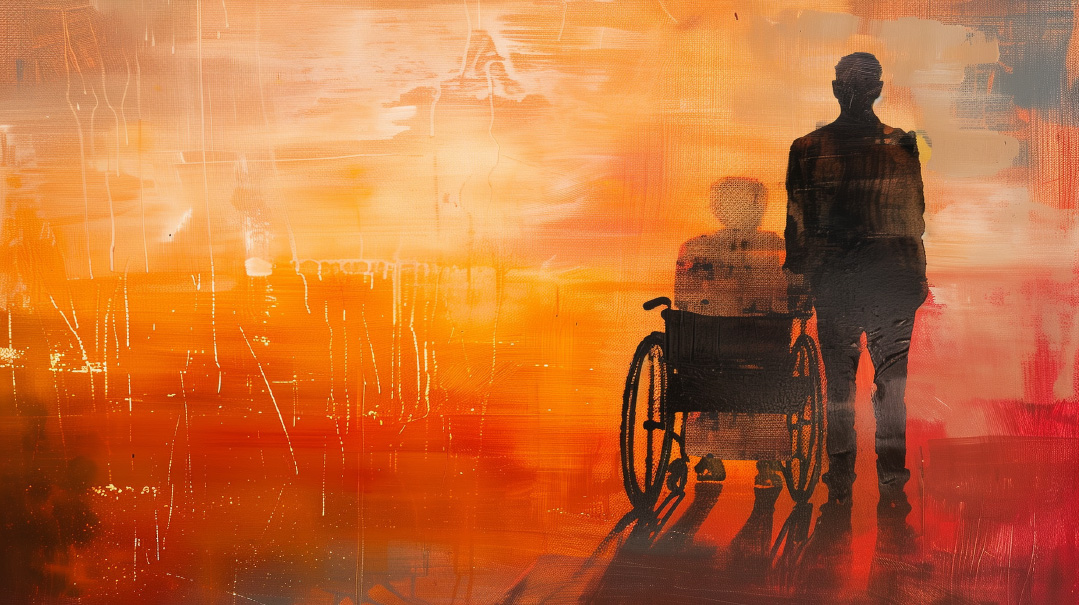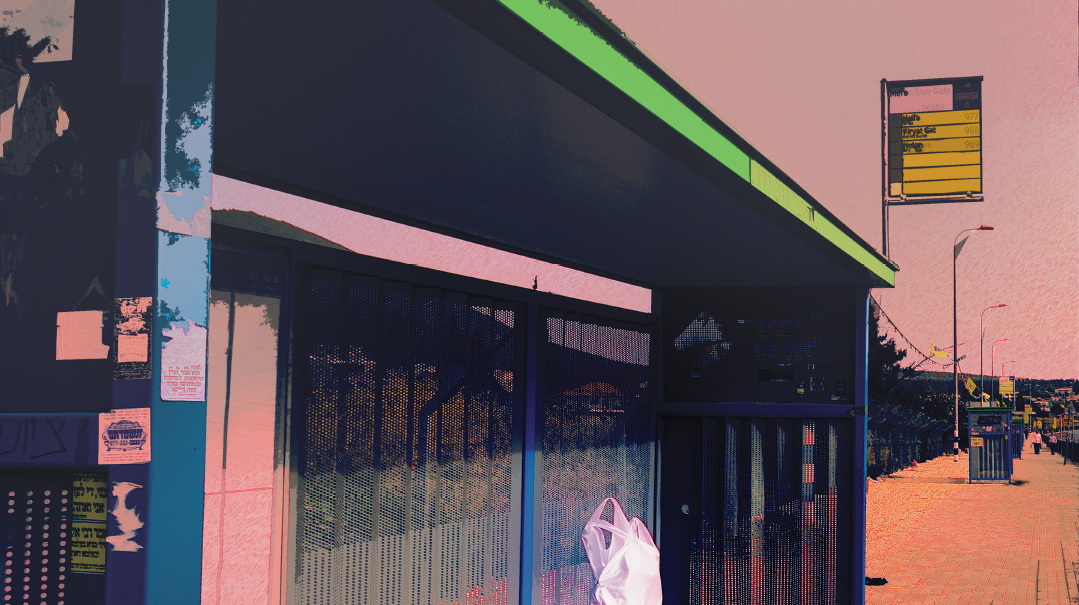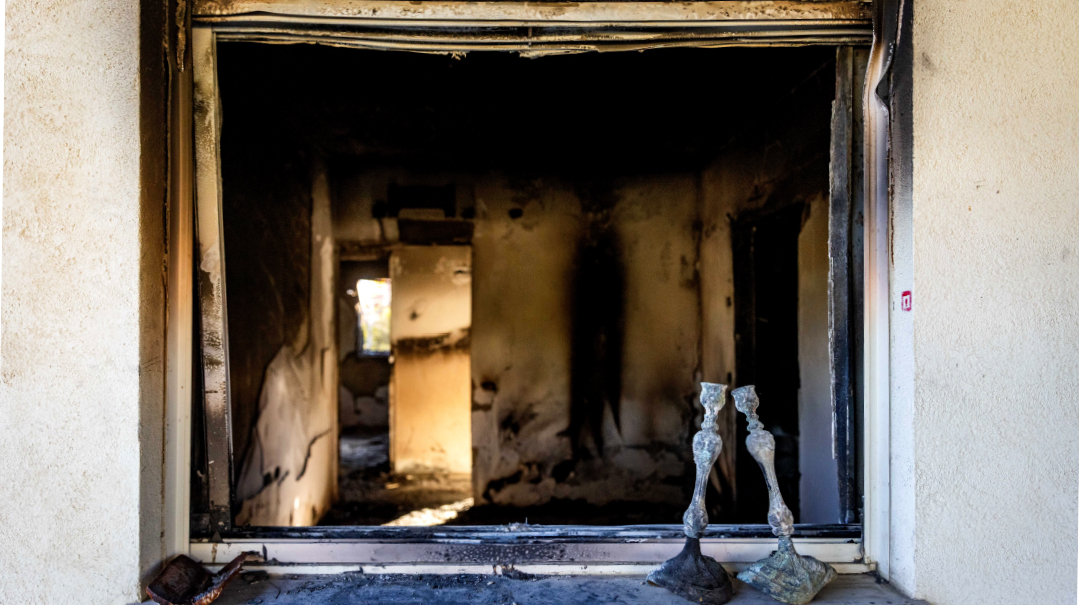Heartbeat of the Bronx
| January 27, 2021During its heyday in the 1940s and 1950s, the East Bronx was a dynamic Torah-based community with shuls and yeshivos galore

"The Bronx, No thonx.”
So reads the mini-poem by Ogden Nash, which just about sums up the attitude of frum Jews today toward the only New York City borough actually connected to the mainland US.
But during its heyday in the 1940s and 1950s, the East Bronx (later given the sobriquet “Fort Apache”) — as distinct from the West Bronx (Grand Concourse and Yankee Stadium) and North Bronx (Pelham Parkway) — was a dynamic Torah-based community with shuls and yeshivos galore, including the Bais Yaakov of the East Bronx (Dr. Ullman, principal), and such yeshivos as Ahavas Torah, Chaim Ozer, Salanter, Torah V’emunah, along with dozens of batei tefillah and batei medrash.
But the shul that is the focus of my memories is the Zeirei Agudath Israel of the East Bronx. Housed in a converted silent movie theater, it catered to dozens of mispallelim on Shabbos and hundreds on the Yamim Noraim. Although 65 years have passed since I last davened there, the memories remain as vivid as ever. Located on East 169th Street between Tiffany and Fox Streets, it was the largest of three shuls on the block; directly across the street were Rabbi Moshe Bick’s shul and a storefront shtibel.
Now, 169th Street was a major east-west artery with trolley car tracks running down its center. On Simchas Torah, all three shuls emptied onto the street, dancing with sifrei Torah. Needless to say, this caused a major problem for the trolley-car operators, who could not maneuver around the celebrants crowding on their tracks. It usually took many minutes of clanging bells to get the circles of dancers to part for the trolley. Maybe it caused a chillul Hashem, but none of us thought so at the time.
People came from far and wide because of our rav, Rabbi Yisroel Yitzchok Piekarski, a great talmid chacham and a rosh yeshivah at Yeshivas Lubavitch. He accepted the position on the tenai that the nusach of the shul be changed from Ashkenaz to Sefard. (Most of us boys had a hard time trying to follow the nusach Sefard tefillos from nusach Ashkenaz siddurim.) Before Krias haTorah on Shabbos, the rav would ascend the bimah to give a ten- to fifteen-minute shiur in halachah, which even we boys found somewhat interesting.
Oops! We could not locate your form.

